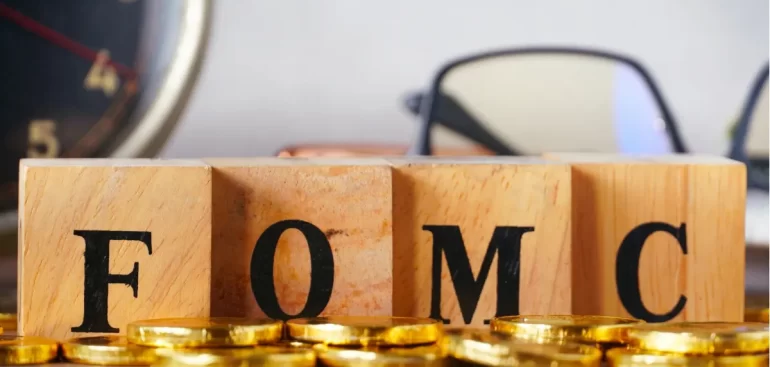When you plan to buy a home and need a mortgage, you’ll encounter the loan-to-value ratio (LTV). Lenders use the LTV ratio to assess your risk as a borrower and decide the terms of your mortgage. It’s the percentage of the loan amount compared to the property’s value. For instance, if you want to borrow $200,000 for a $250,000 home, the LTV ratio is 80% ($200,000 / $250,000).
Calculating the LTV Ratio:
To find the LTV ratio, divide the loan amount by the property’s appraised value or the purchase price, whichever is lower. A professional appraiser determines the appraised value.
Imagine a home’s purchase price is $300,000, and its appraised value is $290,000. The LTV ratio uses the lower value: of $290,000.
Loan Amount / (Appraised Value or Purchase Price) = LTV Ratio
If you want to borrow $240,000, the LTV ratio is 82.76% ($240,000 / $290,000).
Why LTV Ratio Matters and Its Benefits:
Knowing your LTV ratio matters because it impacts your mortgage terms. A higher LTV ratio makes the loan riskier for lenders, which could lead to higher interest rates, stricter requirements, or the need for private mortgage insurance (PMI).
To avoid PMI, aim for a down payment of at least 20% of the purchase price, resulting in an LTV ratio of 80% or lower. Some mortgage programs, like FHA and VA loans, allow for smaller down payments and higher LTV ratios.
Additionally, understanding your LTV ratio helps you figure out your home equity. As you make mortgage payments, your LTV ratio drops, and your equity grows. This information is helpful if you plan to refinance or sell your home.
Grasping the loan-to-value ratio is essential when obtaining a mortgage. It helps you comprehend your risk as a borrower and your mortgage terms. To lower your LTV ratio and save money long-term, consider a larger down payment or explore various mortgage programs.



